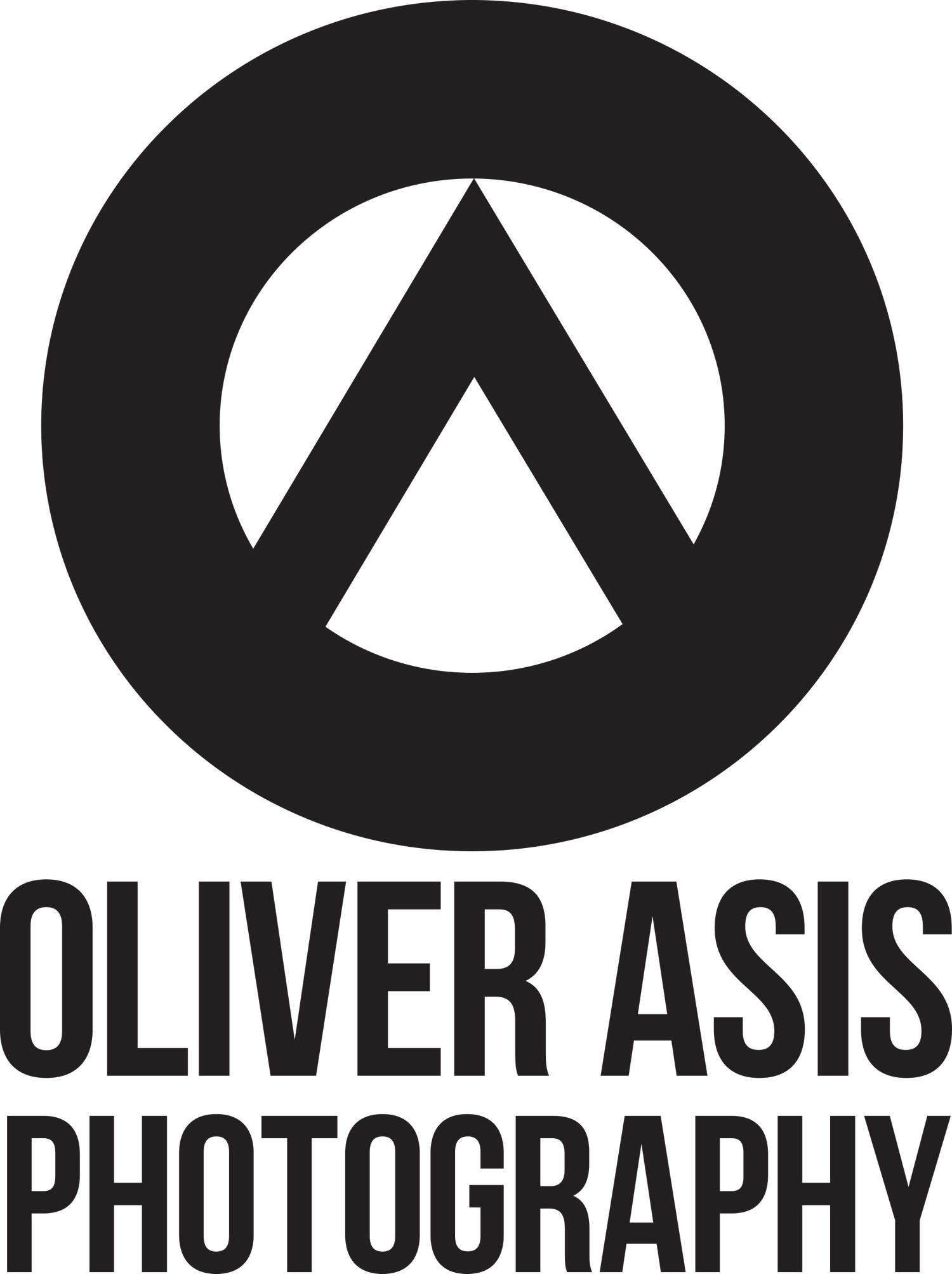A couple of weeks ago there was a partial eclipse that took place and was visually in the United States. In San Diego it was just a partial one however it took place during the day. For me I had to rush home from work to get the gear out and ready. I missed about the first 30 minutes for the event but I was still able to capture the remaining part of the event.
To capture the eclipse on a camera does require a few items so that you don't damage your camera and more importantly your eyes. To captured this eclipse I used a ND filter made by Cokin. The filter number is a P156 which is especially designed for capturing eclipses. The number of stops that this filter has is equivalent to about 15 stops of light. It is so dark that it only allows for the bright of sunlight to pass through.
I photographed the rest of the eclipse for about 1.5 hour before the event was over. It was interesting being out in front of my house photographing the eclipse and most people didn't know it was occurring. But they were pleasantly surprise to see part of the sun was missing when they looked through my camera.
Photographed with:
Canon 5D Mark II
70-300mm at 300mm
Additional Equipment:
Cokin Filter P156
Settings:
ISO 400
f10
1/30
Each photo was taken every 8 minutes.
Edited with:
Lightroom 5.6
Photoshop CC







